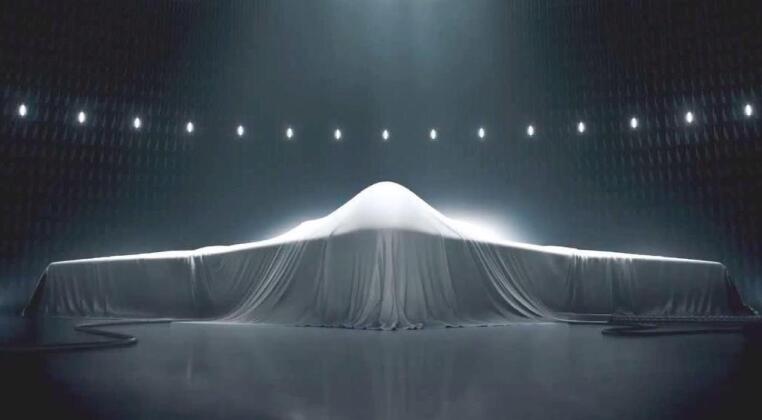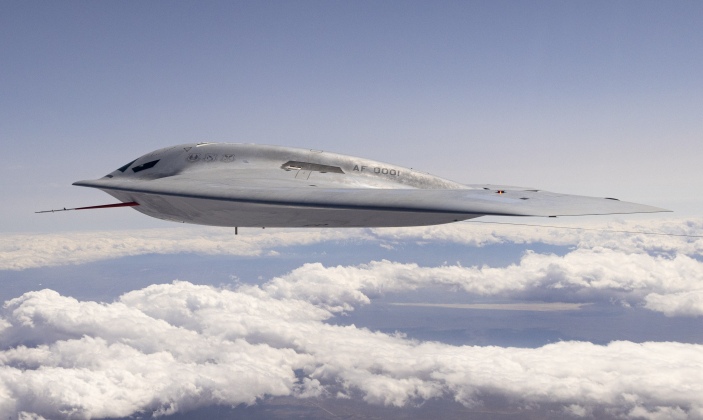News
China’s First Intercontinental Range Stealth Aircraft Seen in Flight: A Game Changer For the Air Force’s Reach
On October 19 the first images were released showing a Chinese intercontinental range heavyweight stealth drone in flight, representing a major landmark in efforts to expand the reach of the People’s Liberation Army across the Atlantic and potentially into the Arctic. Satellite footage from an Air Force test base near Malan, Xinjiang province, provided a first look at the aircraft in mid-June, with its size being comparable to that of the American B-2 strategic bomber. Both have wingspans of around 52 meters, making the new Chinese aircraft considerably larger than the B-21 intercontinental range stealth bomber currently under development which has a 40 meter wingspan. The new aircraft similarly uses a stealthy flying wing design with no tails, fuelling speculation that it may be intended for penetration missions as its American counterparts are.

There has been considerable speculation that the new drone is an unmanned stealth bomber, and may even be the long anticipated H-20 bomber. The aircraft’s size indicates that it could well have the range and weapons carrying capacity needed to strike key targets across the United States mainland, while its stealth profile appears well optimised for operations deep inside hostile airspace. Another possibility is that the aircraft was designed for long range reconnaissance operations, electronic warfare, or possibly even aerial refuelling. A versatile airframe capable of being configured for all of the above roles also remains highly possible. With the similarly sized B-2 having an 18,000 kilogram weapons payload capacity, allowing it to drop up to 16 B61 tactical nuclear bombs per sortie, the new Chinese aircraft may well have a comparable or larger capacity, with the greater efficiency of unmanned designs and the availability of more modern composite materials likely to make it more efficient than the B-2.

The lack of survivable long range strategic aircraft capable of reaching the United States mainland has been a major shortcoming of China’s armed forces for decades. Prior steps taken to address this included developing more efficient and longer ranged variants of the H-6 medium range bomber, ensuring availability of new YY-20 tankers to refuel these bombers and extend their ranges, and the integration of longer range cruise and ballistic missiles onto the bombers allowing to engage targets on the American mainland. These measures have still fallen far short providing a peer level intercontinental range strategic bombing capability to that of the United States. The new unmanned aircraft has the potential to be a game changer in this regard, particularly when considering that the new B-21 bomber lacks the range to strike targets across China from the continental United States, and will be forced to rely on aerial refuelling to do so.












